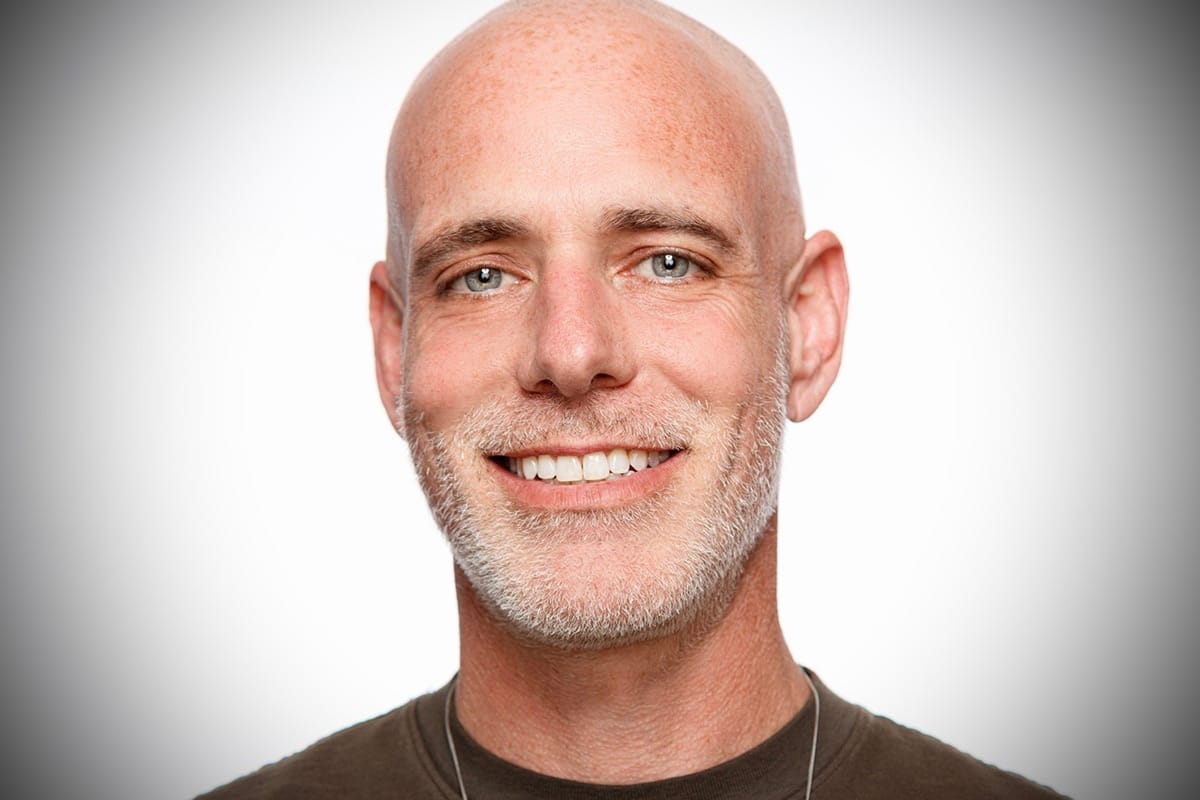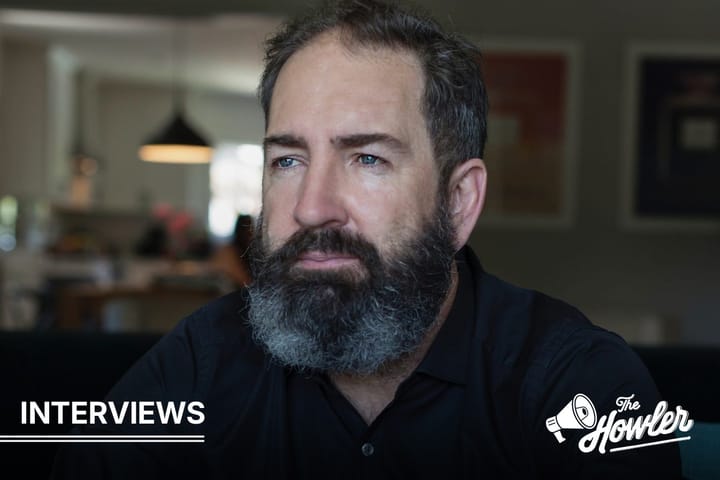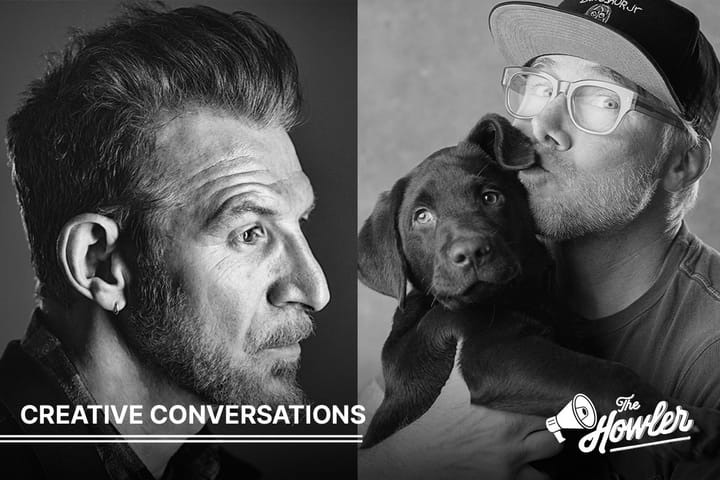POP’s Aaron Kovan on Defining ‘Audience First’ Production
Prose on Pixels newly appointed EVP, Create on how Havas' production and post unit goes beyond mere 'in house.'

By Anthony Vagnoni & Chandler Atton
This past June, Havas announced the addition of a new talent regime at Prose on Pixels, its global in-house studio, with the hire of Aaron Kovan as EVP, Create, and Lez Rudge as Head of Color. Both are based in New York. Aaron is a veteran agency producer who most recently served as Chief Production Officer at Craft North American at McCann, as well as at VaynerMedia before that. Lez is an award-winning artist whose resume includes stints as Head of Color at the post studios Assembly and Chimney. He got his start as a partner and colorist at the venerable New York color studio Nice Shoes.
The hiring of Aaron and Lez is part of Prose on Pixels revamped approach to production, according to the agency. Billed as a creatively led production and post operation designed to produce content at scale, the goal for both Aaron and Lez is to instil an integrated creative vision across all of the studio’s work.
With a deep understanding of the advertising production and post process, Aaron and Lez are high-profile additions to the growing POP talent base. The Howler reached out to Aaron recently to find out how POP will differ from other agencies’ in-house capabilities, and what it means for the operation to embrace Havas’ ‘audience-first’ mantra.
Aaron, you’ve worked at a number of agencies during your career as a producer. What sets Prose on Pixels apart from your prior experiences?
Aaron Kovan: POP doesn’t operate like a traditional in-house production studio. We’re a creative production crew — agile, hands-on, and deeply collaborative. The culture isn’t top-down or bogged down by red tape. Everyone here is genuinely invested in making great work - not just checking boxes on a brief but actively shaping the ideas. It’s agile, highly creative, and, honestly, a lot more fun. Fewer meetings, more making.
In-house production and post capabilities at agencies are evolving rapidly. How does the POP talent and services roster set it apart from other in-house departments?
Aaron: As noted, we’re not building the usual “in-house” model. We’ve got real-deal creators, editors, colorists, VFX artists, AI creatives; people who’ve worked at the top of their game outside the agency bubble. The vibe is: less ‘how do we get this approved’ and more ‘how do we make this effective, faster.’ We flex up or down depending on the job. In a nutshell, POP combines the energy, agility, and creativity of a boutique studio with the scale and infrastructure of a global agency network.

How is POP consolidating its brand identity? How would you describe the POP culture?
Aaron: It’s mainly defined by the quality of our output – every frame, every deliverable, every cut. We’re committed to high craft and grounded in audience insight. The culture is fast, collaborative, and energetic. We value versatility, encourage fresh thinking, and empower teams at every level to contribute meaningfully and move with agility. There’s no “wait your turn” energy; if you’ve got good ideas, you’re in the mix.
Announcing the addition of Lez Rudge gives you an award-winning colorist as a part of your leadership team. What does this say about the talent level at POP, particularly when it comes to post production and finishing?
Aaron: Bringing in Lez makes the statement that we’re serious about elevating the post production game. Finishing matters, and we believe every project should look like a million dollars, no matter the budget. Lez brings an exceptional blend of experience, creative taste, and precision, all while aligning perfectly with our hands-on, high-output culture. It’s not about hierarchy; it’s about having top-tier talent in the room who can deliver excellence at speed.
In-house is sensitive issue still a touchy issue when it comes to dealing with independent production companies and post houses. Will POP partner with independents on jobs, and if so, what are the criteria for going out of house?
Aaron: Absolutely. Our goal isn’t to create unnecessary barriers. When a director, boutique studio, or external partner brings exceptional value to a project, we engage them. It’s not about internal vs. external – it’s about delivering the highest-quality work. We’re confident in our in-house capabilities while remaining flexible and focused on what’s best for the outcome. If it elevates the work, we bring in the right people.
What does it mean for a production and post entity to be guided by an audience-first, data-informed mindset? How will that impact the way jobs will be produced or crewed, or how post-production will be executed’?
Aaron: It means we’re not guessing, we’re planning with purpose. We consider the scroll, the algorithm, and shrinking attention spans before the camera rolls. That informs everything: how we crew (smaller, smarter teams), how we shoot (modular, vertical-ready setups), and how we edit (version-heavy, quick turnarounds). We create work that looks amazing and performs exceptionally. The mindset is simple: make it art, but make it work.
How will you integrate Havas’ AI technology, Vermeer, into your production and post processes? What role will this have on the ability to get work out the door with speed and efficiency?
Aaron: At POP, Vermeer will be embedded across key stages of our production and post-production pipelines to enhance both creative output and operational efficiency. Designed to blend human craftsmanship with generative AI, Vermeer enables our teams to work faster without compromising quality - allowing us to deliver high-end, brand-safe assets at scale. Its structured workflow gives us greater creative control over AI-generated visuals, allowing us to iterate rapidly, maintain narrative consistency, and meet the fast-paced demands of modern content production. By reducing the friction between ideation and execution, Vermeer will support our ability to get work out the door faster, with precision and purpose. Moreover, Vermeer also aligns with our audience-first approach, allowing us to craft content that’s as efficient as relevant.

As agency production has become increasingly consolidated across holding companies, what’s been the biggest benefit for clients? How has it impacted the ability of producers to build their careers?
Aaron: For clients, the upside is access. They get studio-level talent, smarter tools, and significantly more creative firepower without stepping outside the network. When it’s working well, that translates into faster timelines, fewer layers, and better work.
For producers, it’s a double-edged sword. The traditional linear path has evolved into something more dynamic, and interesting. At POP, we’ve embraced that shift. Today, producers are also strategists, creative partners, and often post leads. The role has expanded and, with it, the creative opportunity. If you want to grow fast, this is the time.
Does POP have a specific approach to mentoring younger producers or production/post talent? How are you bringing up the next generation of content makers?
Aaron: We believe in accelerated growth through hands-on experience. People who are curious and eager to learn have a seat in the room, shadowing color sessions, sitting in on VFX reviews, or cutting side-by-side with senior editors. We encourage early immersion and ownership, so no one is stuck behind a spreadsheet. It’s a learn-by-doing culture, backed by guidance and support with an approach that encourages risk taking and growth through experience.
Our pace is fast, which means real opportunities emerge quickly, and that goes beyond producers. We’re mentoring editors, motion designers, content creators, AI talent, and innovators working in volumetric or spatial formats. This next generation isn’t just learning how to execute, they’re helping shape what production looks like next.



